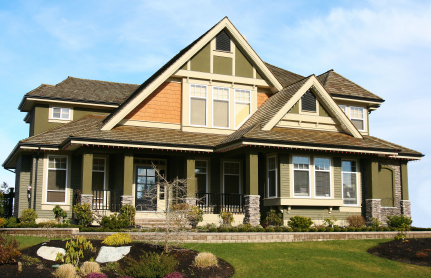
 If the siding on your home has seen better days, replacing it is an ideal opportunity to boost your home’s resale value, while at the same time, maximizing energy efficiency. And last, but certainly not least, assuring you of a moisture-free, stable environment.
If the siding on your home has seen better days, replacing it is an ideal opportunity to boost your home’s resale value, while at the same time, maximizing energy efficiency. And last, but certainly not least, assuring you of a moisture-free, stable environment.
In recent years, the quality of siding and insulation has greatly improved, but even the best siding won’t do its job without proper insulation. Beyond sheathing your home and protecting it from the elements, siding should keep the space between the walls and insulation free of moisture, dirt and insects – with the emphasis being on moisture. Some types of insulation can actually trap moisture, causing rot, mildew, mold, and even structural damage by warping and bowing. Insulation should be able to ‘wick’ moisture away without losing its insulative integrity.
Upgrading insulation and replacing siding will improve your home’s energy efficiency if the R-Value is used as a guideline. This refers to how well insulation can resist the flow of heat or cold through it. The same applies to the siding itself. The R-Value of the siding and the insulation are added together to obtain the final R-Value.
Modern siding and insulation materials provide the perfect solution to improve energy efficiency and give you confidence that moisture won’t be a problem. And don’t forget about a whole new level of curb appeal!
Note: The Department of Energy’s website has a Zip Code program where you can establish your home’s present R-Value and check it against the recommended number for your particular location.
